This horse has finished his ride.
Or has he?
He’s not so sure, nor are the National Finals Rodeo announcers.
The horse jerks away from the handlers attempting to pull the animal off the Thomas & Mack Center arena floor. He nearly drops totally to his side, refusing cantankerously to cede the stage.
Announcer Boyd Polhamus gives commentary.
“Oooh! Uh-ooooh! Noooo!” he calls out, as if trying to will the beast back through the gated entry. In a deft piece of comedic timing, Polhamus also is setting himself up for a well-placed zinger.
“Getting this horse to leave is like trying to get Brett Favre to retire!” Polhamus says. Nice.
And, intentionally or not, the baritone-voiced Polhamus has even made mention of an athlete who pitches Wranglers (zipped or otherwise), which is the NFR’s name sponsor and for generations its most popular clothing company.
That’s how it is with the announcers in this year’s NFR. Yes, I lead with Polhamus, which is coincidental and not just because an NFR official insists that we look alike. The three men at the mic, who work in a rotation of two-man teams, are Randy Corley, Bob Tallman and Polhamus. Those are the voices you hear booming through the arena, punctuating every NFR moment, from the introduction of the national anthem to the breakneck performances by barrel racer Sherry Cervi.
Following a rehearsal last week at the NFR’s temporary headquarters at Cox Pavilion, the three throaty cowboy warblers stopped for -- what else? -- a talk:
Cowboy Johnny:: You guys have voices that sound like you’re always announcing. No matter what you say, it’s like …
Randy Corley: We’re rodeo announcing!
Cowboy Johnny: How did you develop these great voices?
Corley: I went to broadcast school, yeah. The now-defunct Ron Bailey School of Broadcasting in Seattle.
Brad Polhamus: He graduated Summa Cum Nothin’.
Corley: (Laughs) … and I really believe that I am their most accomplished student. … It was a good school, but I had to throw everything out that I learned. But of the three of us, I am the only officially, truly trained broadcaster.
Bob Tallman: I don’t disagree with him (laughs), but my voice comes from the high desert of Humboldt County, Nev. I’m a native Nevadan. I spent a million miles in the open. I have no training whatsoever. I have a blessing to be able to have what I have, and a lot of it comes from …
Corley: Bourbon and cigarettes.
Tallman: … 43 years of using it. A voice is like a muscle, you keep using it, and it gets stronger. I’m just blessed to have it.
Polhamus: When I was a kid, I didn’t know I had a voice. I didn’t. I just loved being the class clown, jacking around, talking.
Cowboy Johnny: It seems like you guys all have a different vocal range, sort of like a singing trio.
Corley: Oh no.
Tallman: We’ve tried that.
Polhamus: Your worst nightmare is us three, drunk, on karaoke night.
Corley: Three guys who ain’t afraid of a microphone? All knowing the same song? You want that?
Tallman: You don’t want us on karaoke night.
Polhamus: I’m still a little uneasy when anybody compliments my voice. I’ve heard announcers who I’ve felt had the voices from God. You know, (famed rodeo announcers) Phil Gardenhire and Duane Peters, just to name a couple.
Cowboy Johnny: For an announcer, what is the key to making the rodeo entertaining?
Corley: Every time you go in and do it, it’s something different. It’s like -- we’ve got a good friend, who happens to be my father-in-law, (and fellow announcer) Hadley Barrett, who played in an old country band. I’m talking when they put chicken wire up around them honky-tonks, who once told me, “You have to know how to read an audience.” Boyd’ll tell you -- you gotta read an audience, you gotta know what you’re working with out there. There are some audiences you don’t hardly have to do anything.
Polhamus: Every rodeo has its own personality. Some nights are really smooth, you’ve got a great product, high scores, fast times, and it just flows. Then there are those rodeos that, for whatever reason, the horse stalls, or the cowboy has trouble, or is injured, and it just doesn’t flow. But to me, the key to making the rodeo is having fun with the audience while you do it. As long as you’re incorporating them into what’s happening, whether it’s a good rodeo or a bad rodeo, as long as you’re incorporating them … it works.
Tallman: We don’t have to worry about it like other productions in other places. It’s managed, produced and put together as perfectly as a venue could be. That gives us a security of knowing that the information we have available -- if there is time, we’ll deliver it. If there isn’t, we’ll deliver it another day. The other thing is, the trust we have in each other, knowing that when Boyd dribbles, and he passes to Randy, I block, Randy shoots and I follow the ball.
Polhamus: The difference is, in professional sports broadcasting, in a pro football game, you’ll have a play-by-play guy and an analyst. Here, we’re all play-by-play, and we’re all analysts. It just depends on where we are in the show at that particular time. … The key is listening to each other. You don’t want to leave each other hanging out there.
Tallman: You have to consider the fact that we have 21 or 22 pages, and we’ll be delivered five more pages of material that has to be adjudicated to please many groups of people. First of all, the audience is No. 1. Management is involved in it. Sponsor dollars are involved. Contestants. Contestants’ family. Media. People that are taping, videoing. Television that is playing. So we play to a multitude of audiences, and in some cases, less is more. If you are accurate in five or six, up to 10 words, it will be remembered. If you spew 26 words at them, they can never remember but the last three. The mind of the listener will tune out the whole damn thing.
Polhamus: There is no other production that we work that is as choreographed, down to the second, as this one. We know that when the victory lap is finished in the steer wrestling, we know the team roping sponsorship flag is coming next. That helps us. But the speed of this event is so much faster than the average speed of the other events. It’s as tightly choreographed as you can choreograph a Las Vegas show. People think it’s just this wild show with all these events and wild cowboys, but it isn’t. We know exactly where all the spots are where we can deliver information, or plug a sponsor if we need to if we haven’t had a chance to yet.
Tallman: You know what the greatest compliment is after you’ve done a show here?
Cowboy Johnny: What’s that?
Tallman: For someone not to find a reason to reprimand you on any one word or phrase you’ve used. If you aren’t stopped on the way out of the arena by someone complaining by what you did or didn’t say, you’ve had a good night.”
Corley: It’s not getting the compliment, it’s walking away without being stopped.
Polhamus: You get a lot of this, “Hey, my Uncle Buck roped at the finals in 1979, and you never mentioned it.”
Cowboy Johnny: Sometimes people remember what you don’t say more than what you do.
Polhamus: That’s very well put.
Cowboy Johnny: Thank you. Thank you, fellas, for the time and for the talk.
Polhamus: We’re always willing to talk …
Follow John Katsilometes on Twitter at twitter.com/JohnnyKats.
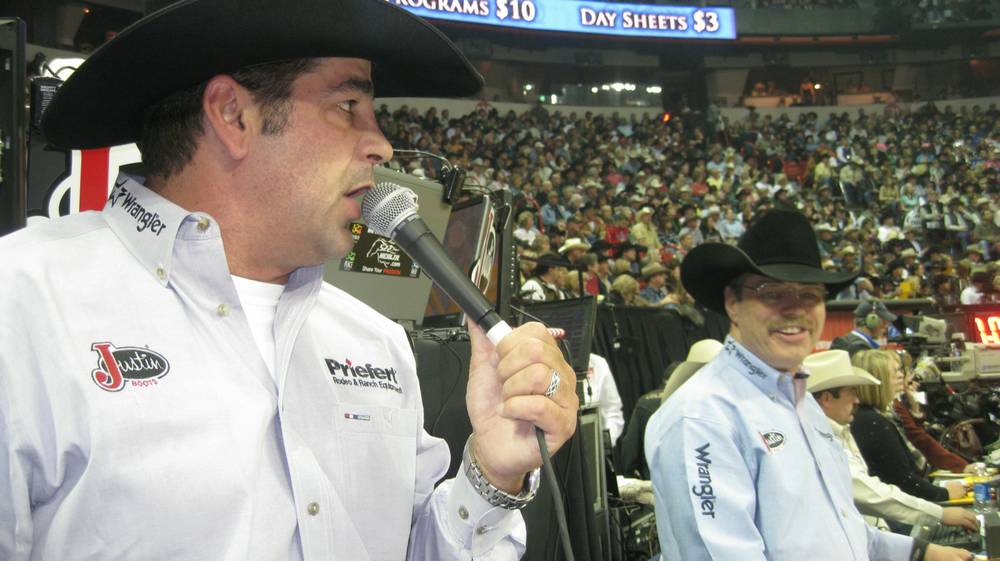

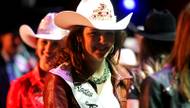
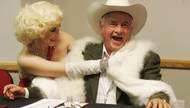
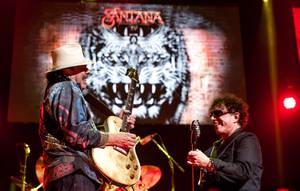
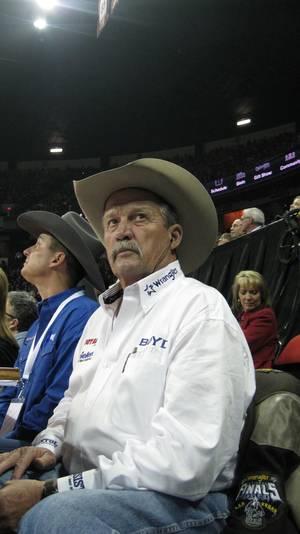

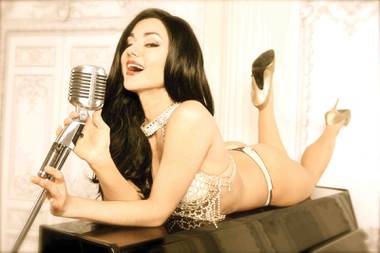
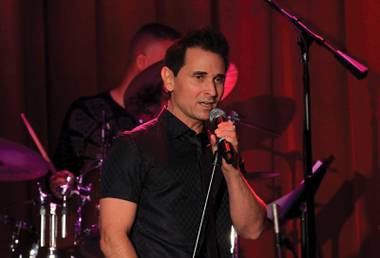
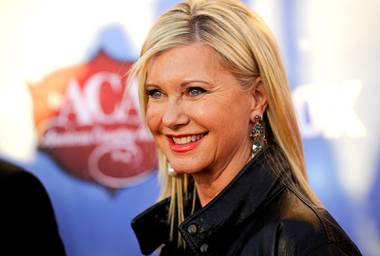
Previous Discussion: